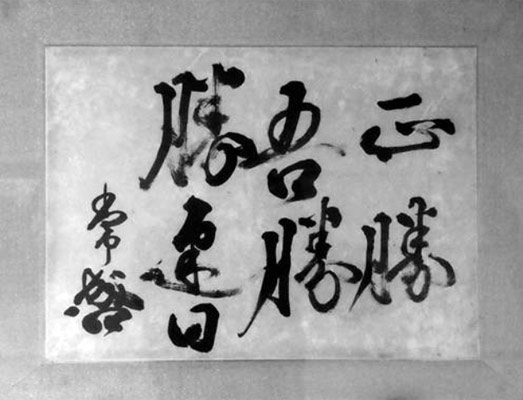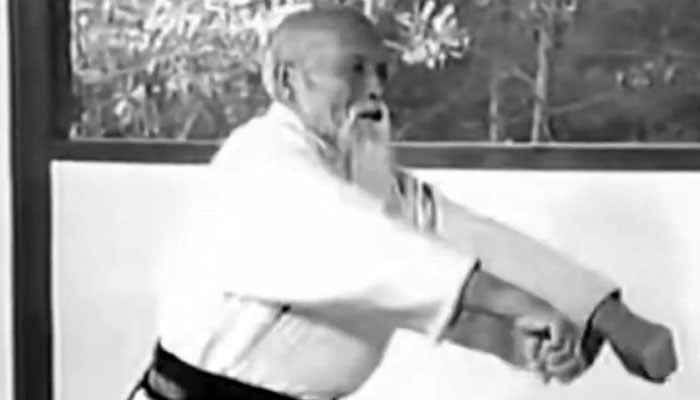-
Masakatsu Agatsu Katsuhayabi: The Path to Victory in Aikido
Aikido is said to be a non-competitive art that emphasizes harmonization with opponents, transcending the common concept of winning or losing. However, the founder Morihei Ueshiba did explain the concept of victory in Aikido through the phrase Masakatsu Agatsu Katsuhayabi 正勝吾勝勝速日, a simple yet profound expression. Before delving into its meaning, let’s discuss its origin. The phrase first appeared in Japanese mythology. According to the Nihon Shoki 日本書紀, Susanoo-no-Mikoto 素戔嗚尊 or 須佐之男命 (as mentioned in Kojiki 古事記), the son of Izanagi 伊邪那岐, made a vow in front of his sister, Amaterasu Omikami 天照大神, stating, “If my heart is pure, a male kami will be born; if impure, a female kami…
-
Divine Revelation and Enlightenment: Morihei Ueshiba’s Vision for Aikido
In the realm of Aikido, the founder Morihei Ueshiba embarked on a transformative journey, guided by profound divine revelations that bestowed upon him a sacred mission to manifest harmony and purification in a world fraught with turbulence. According to legend, Ueshiba received numerous Shinji 神示 (divine revelations) throughout his life. One significant revelation occurred on December 14, 1940, which coincided with Ueshiba’s birthday. At 2:00 AM that day, Ueshiba performed a one-hour Suigyo ritual, a water purification ceremony. During this ritual, he prayed for the descent of deities (kami) associated with Aikido, resulting in the arrival of 43 guardian deities. The first to descend was Sarutahiko-Okami 猿多毘古大神, followed by others,…
-
Exploring the Significance of Torifune and Furitama in Aikido and Shinto Practice
Torifune and Furitama are commonly practiced preparatory exercises in Aikido. Torifune 鳥船, which is typically translated as “bird rowing” or literally as “bird boat,” is also known as funakogi undo 船漕ぎ運動 or “boat rowing exercise.” The earliest mention of Torifune was in Kojiki 古事記, an ancient Japanese chronicle of myths, where it was referred to as Ame no Torifune 天の鳥船 (Heavenly Bird Boat). It was the name given to one of the deities born from Izanagi 伊邪那岐 and Izanami 伊邪那美, two of the most important kami (deities) in Japanese mythology. They are sister and brother, and also husband and wife, and they are the creators of the Japanese archipelago and…


